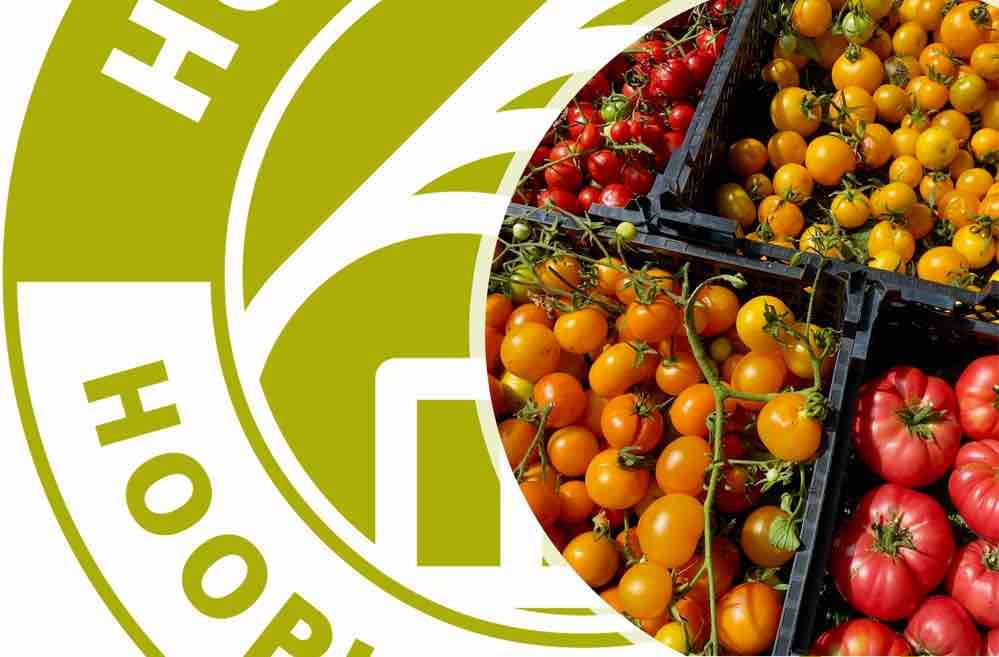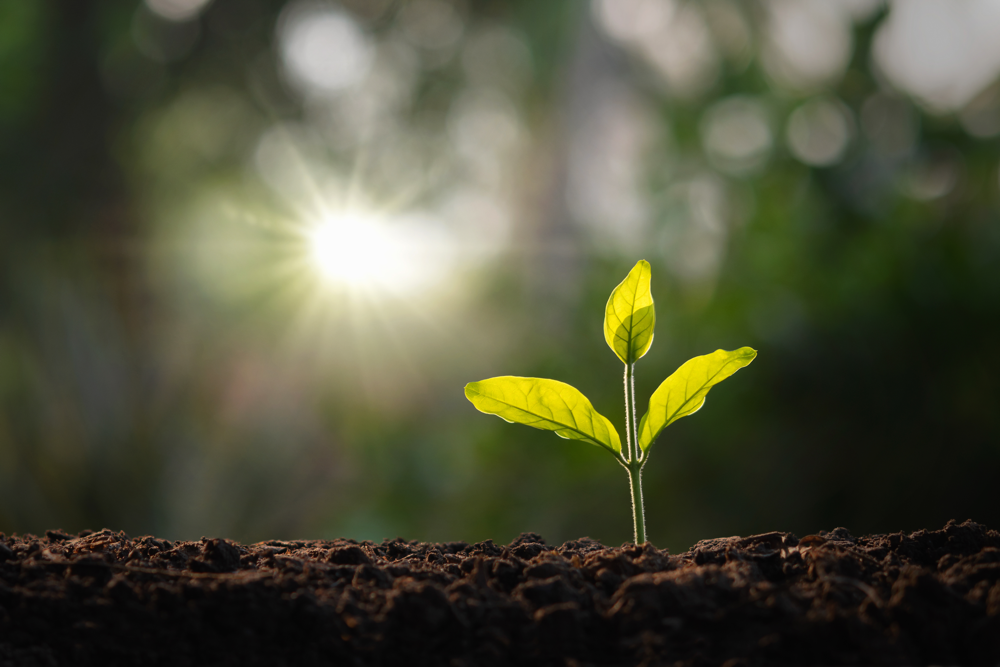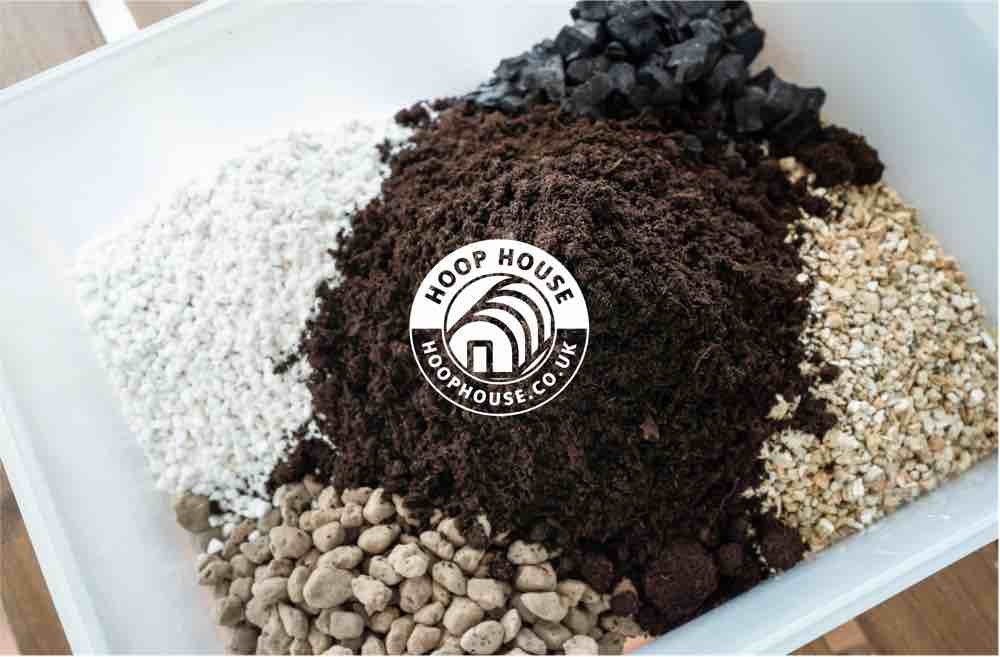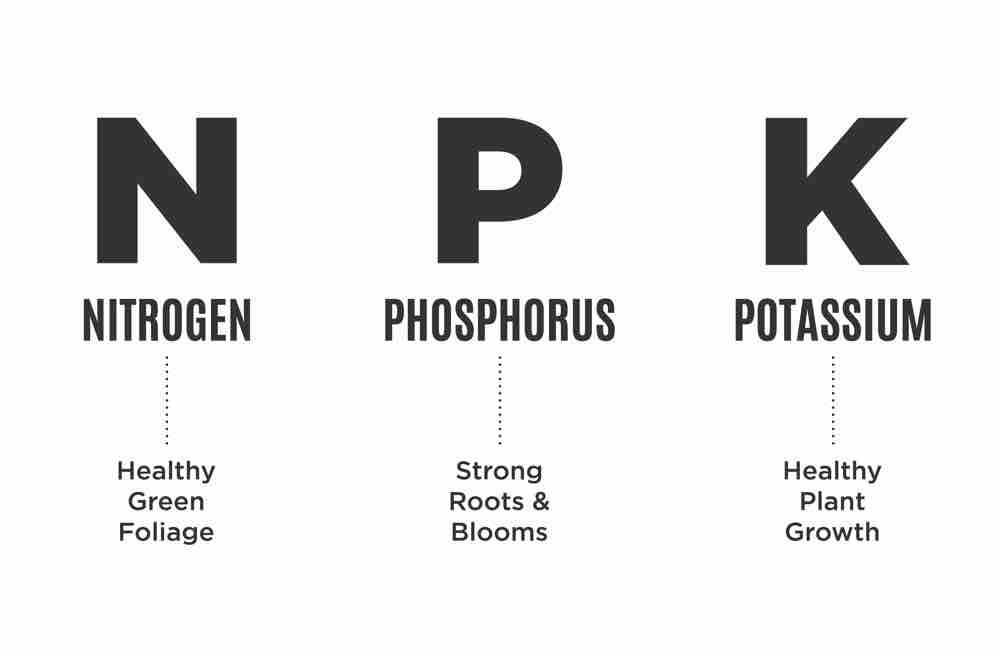
Choosing the Right Tomato Seeds in the UK - Just One Point of View
Growing tomatoes in the UK presents unique challenges—shorter summers, variable rainfall, and cooler temperatures. Selecting the right tomato variety can make the difference between a bumper harvest and a disappointing yield.

Horticultural Short Courses and Workshops
Upcoming HOOP HOUSE horticultural short courses and workshops are being discussed currently; possible themes for upcoming gardening courses and workshops in Llanwrtyd Wells, Powys in Mid-Wales - near Llandovery, Llandrindod Wells, Builth Wells, Brecon, Tregaron, Rhayader and Lampeter.

Tomatology
Tomatology refers to the specialized study of tomatoes, encompassing their biology, cultivation, genetics, and applications in agriculture, nutrition, and culinary practices.

What started Forest Schools in UK?
The rise of forest schools is, in part, a response to the increasing focus on measuring academic progress against objective standards, such as standardized testing and rigid curricula.

Great Forest School Leaders
Academic qualifications for Forest School leaders (e.g., Level 3), while intended to ensure quality and consistency, don’t necessarily guarantee that someone will be a great Forest School leader.

Outdoor Education
Outdoor Education is an approach to learning that takes place in natural settings, integrating experiential activities with educational objectives to foster personal growth, environmental awareness, and academic knowledge.

Introduction to Forest School - Courses
Forest School is a transformative educational model that equips learners with vital life skills, a strong sense of self, and a deeper connection to the natural world. By fostering resilience, creativity, and environmental awareness, it lays a strong foundation for lifelong learning and well-being.

Why are Tomatoes Different Colours?
Tomatoes come in a spectrum of colours because of differences in genetic traits, pigments, environmental factors, and selective breeding.

Tomato vs Pepper!
While tomatoes and peppers share the same plant family (Solanaceae), they have significant differences in flavour, culinary uses, and characteristics.

What is the Kratky Method for Growing Tomatoes?
The Kratky Method is a passive hydroponic system that allows you to grow plants, including tomatoes, without pumps or continuous water circulation.

Kaizen - Continuous Improvement for Tomato Growing
Kaizen, a Japanese term meaning "continuous improvement," can be applied to various aspects of life, including tomato growing. In the context of agriculture or gardening, using the Kaizen approach encourages small, incremental improvements in growing practices to boost productivity, reduce waste, and optimize processes.

What is the Difference Between Perlite and Vermiculite?
Perlite and vermiculite are both lightweight, natural materials commonly used to improve soil aeration and drainage in gardening, but they have distinct properties and serve different purposes in plant care.

Can Tomatoes be Vertically Farmed?
While tomatoes can be successfully vertically farmed, the setup and maintenance are more complex than for crops like lettuce or herbs, but the benefits in terms of yield and resource efficiency can be substantial.

How to Make a Hybrid Tomato Stable?
Stabilizing a hybrid tomato involves growing successive generations from the original hybrid and selecting for the desired traits over time. With patience and careful selection, you can create a new, stable tomato variety that consistently produces plants with the traits you want.

How to Collect Tomato Seeds?
Collecting tomato seeds is a straightforward process that allows you to save seeds from your favourite tomato plants for future planting such as heirloom / heritage tomatoes.

Tomato Fertilisers / Fertilizers - NPK - Nitrogen (N), Phosphorus(P), Potassium (K)
Tomato fertilizers are designed to provide essential nutrients that tomatoes need for healthy growth and high yields. Fertilizers typically contain a mix of macronutrients (nitrogen, phosphorus, potassium) and micronutrients (calcium, magnesium, sulfur, and trace elements). Understanding the role of these ingredients helps in choosing the right fertilizer for your tomato plants.

How to Measure Moisture Content of Tomato Seeds
Measuring the moisture content of tomato seeds is an important step for determining their viability and ensuring proper storage conditions. If seeds are stored with too much moisture, they are prone to mould, fungal growth, and premature germination, which can reduce their shelf life and viability. Conversely, seeds that are too dry may have reduced vigor.

Black Russian Tomato
The Black Russian tomato is a unique heirloom variety known for its dark, rich colour and deep, sweet flavour. Unlike standard red tomatoes, Black Russian tomatoes have a distinctive dark purple to almost black hue, which comes from their high anthocyanin content—a powerful antioxidant. This tomato variety is prized for its juicy texture and a flavour that is both sweet and slightly smoky, with complex undertones that make it a favorite among tomato connoisseurs.

Tangerine Tomatoes
Tangerine tomatoes are a unique variety of heirloom tomatoes known for their vibrant orange colour and sweet, rich flavour. They differ from the traditional red tomatoes not only in appearance but also in taste and nutritional content.

Tomatology Myths
Here are some common myths related to "tomatology"—or the study and understanding of tomatoes ;-)
